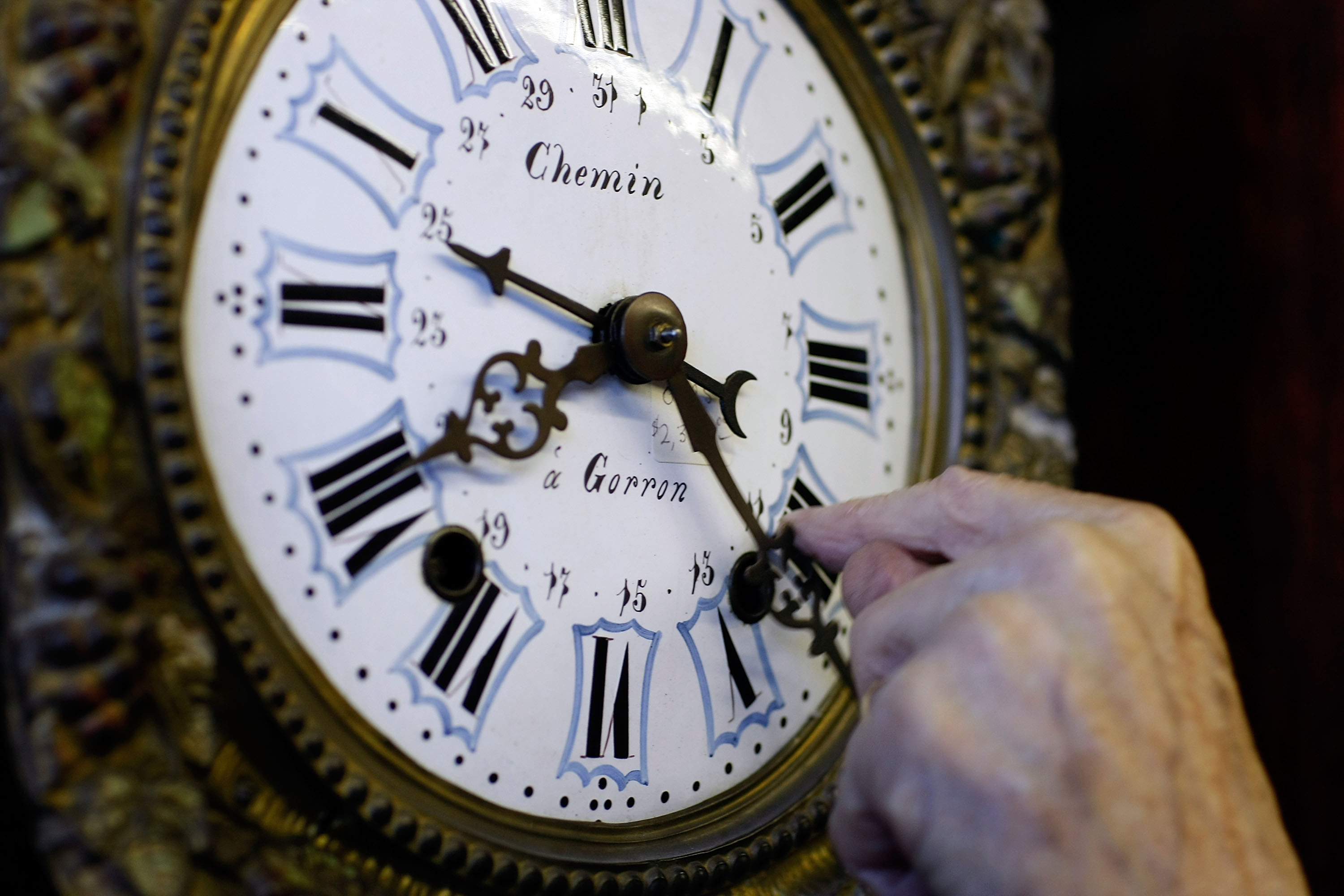The Time Is Right For LED Light!
Posted by Richard Clarke on 20th Sep 2011
 We’ve been living with what we considered to be ‘energy-efficient’ lighting for a number of years now.
We’ve been living with what we considered to be ‘energy-efficient’ lighting for a number of years now.
CFLs (Compact Fluorescent Lights) became extremely popular when the first successful design was marketed by Chinese firm, Shanghai Xiangshan in 1995, and they were hailed as ‘the next big thing’ as far as energy-saving light bulbs were concerned.
An Ill-Conceived Plan
Indeed, by June 2009, power companies in the UK had posted out more than 150 million energy-saving CFLs, in order to meet Government targets on improving energy-efficiency in homes.
The somewhat ill-considered scheme was lambasted by Council Leaders for allowing the energy companies to ‘dodge’ more expensive schemes, such as installing insulation or double-glazing windows.
Following the scheme’s ignominious cancellation, energy experts were of the opinion that vast numbers of the compact fluorescent lamp (CFL) bulbs were never even used, and those households that did install them saved only around £3.00 per year.
CFLs - Not Quite Up To The Job
CFLs utilize the same technology as standard fluorescent tube lights, and are riddled with exactly the same problems too.
Unlike the traditional, outmoded incandescent bulbs they were meant to eradicate, they don’t require a filament to produce light, but rather work by using environmentally-toxic Mercury Vapour that emits an ultraviolet light when ionized.
LEDs work in a completely different and much more eco-friendly way, and require no harmful chemicals to produce their light.
This invisible yet potentially health-damaging ultraviolet light in turn creates particles that coat the inside of the tube, which glow or ‘fluoresce’ producing visible light. It is this step-by-step process that prevents CFLs reaching full luminance instantaneously.
This delay or time-lag is just one of the criticisms to be levelled at this type of bulb over the years, and it’s a valid one, especially given the fact that the new breed of truly energy-efficient LED bulbs doesn’t suffer from it at all.
Extended Lifespan
LED light bulbs come on the very instant you flick the switch, and will provide the same standard of lighting for the entirety of their incredibly long lifespan.
One of the reasons that LEDs last so long in comparison to both other types of bulb is that they produce little or no heat. Heat in light bulbs is a wasteful by-product, as well as being incredibly detrimental to their longevity.
Indeed, just compare the expected lifespan of each type of bulb in question, based on an 8 hour working day:
- Incandescent Bulb – 1,200 hours (less than 1 year);
- CFL (Compact Fluorescent Light) – 8000 hours (2.7 years);
- LED Bulb – 50,000 hours (17.1 years).
Aside from the huge shortfall displayed here, it transpired that LED bulbs also beat the CFLs hands down as far as energy-efficiency was concerned.
Actual like-for-like tube light replacements such as the 5 foot T8 LED Tube require just 20 watts of power to produce the same 1800 lumens as a 120 watt fluorescent tube. That’s just 1/6th of the electricity!
So, as you see the time is indeed right to switch to LED bulbs. They’re simply better in every way!





